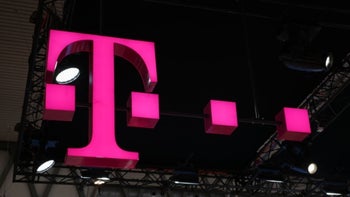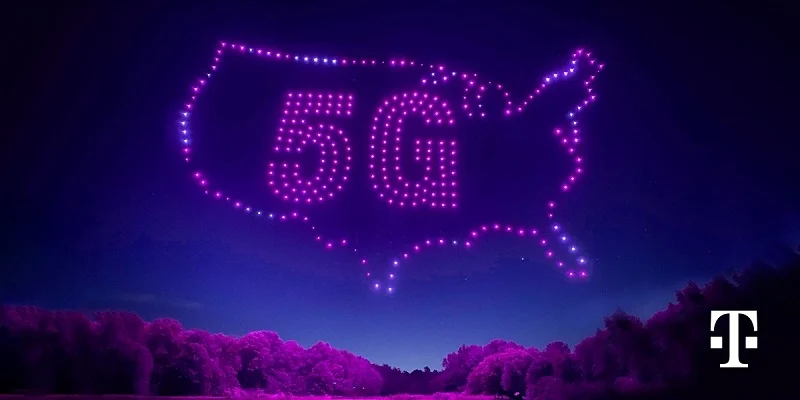T-Mobile asks the FCC to extend its authorization to use unassigned 600MHz spectrum for 5G

As many of you know, T-Mobile's low-band 600MHz spectrum travels long distances carrying 4G and 5G signals, although not necessarily delivering great download data speeds. T-Mobile was the big winner in 2017's 600MHz auction held by the FCC. The carrier spent $7.99 billion for 31MHz of the spectrum which was 45% of the total amount of low-band airwaves that the U.S. regulatory agency put up for grabs.
T-Mobile seeks to continue borrowing unused 600MHz spectrum from the FCC
When the pandemic started becoming disruptive in the U.S. last year, T-Mobile sweet-talked its way into receiving additional 600MHz airwaves from other companies, and the FCC allowed the nation's second-largest carrier to employ unused 600MHz spectrum to increase capacity in a bid to help cover pandemic weary Americans with 5G. According to Fierce Wireless, last month, on July 27th, T-Mobile filed with the FCC for an extension until November 8th for special temporary authority (STA) to continue using some spectrum in the 600 MHz band that has been unused and unassigned.

T-Mobile uses 600MHz spectrum for its extended range 5G service
This additional 600MHz spectrum that T-Mobile has permission to use covers the carrier's customers in Los Angeles; San Diego; Tucson, Arizona; and Bellingham, Washington. 600MHz is also important for T-Mobile along the U.S.-Mexico border. That's because the 700MHz airwaves in that area are hit with interference from Mexico's use of that frequency.
The Dish MVNO switches the source of its wireless service from T-Mobile to AT&T
In the filing for the extension (it's sixth) that it turned over to the FCC last month, T-Mobile said, "Grant of this request is in the public interest because it will allow consumers and businesses to continue to benefit from the additional capacity that the additional spectrum provides." The wireless provider stated that the extra 600MHz capacity is required now more than ever because the pandemic has changed how people live and work. The additional 600MHz capacity will help those working from home, kids distance learning, and those requiring telemedicine.
"This relief can be provided by simply permitting otherwise unused spectrum – for which there are no current plans for licensing – to continue to serve the public," stated T-Mobile. Besides employing unused 600MHz spectrum after being given permission to do so by the FCC, T-Mobile also was loaned 600MHz airwaves that Dish was not using. A few months later, Dish and T-Mobile were arguing over the earlier than expected shutdown of Sprint's 3G CDMA network and Dish decided not to allow T-Mobile to lease its unused 600MHz spectrum as earlier promised.
So the Justice Department intervened and as a result, T-Mobile is leasing 600MHz spectrum from Dish (which had originally purchased the airwaves in the same aforementioned 2017 FCC auction that T-Mobile spent $7.99 billion on) that covers only 30% of the population and includes New York and Miami. One major change made as a result of the T-Mobile-Dish squabble is that the Dish MVNO providing wireless service to consumers while it builds its own 5G network, has switched to sourcing its wireless capacity from T-Mobile to AT&T; the latter will be paid a minimum of $5 billion over 10 years to allow Dish to offer wireless service to consumers under its name while it uses AT&T's network to deliver this service.
The 600MHz low-band spectrum makes up T-Mobile's 5G Extended Range service which delivers download data speeds twice as fast as Extended Range LTE. The 5G Ultra Capacity service uses the 2.5GHz mid-band spectrum that T-Mobile picked up with its $26 billion acquisition of Sprint.
The characteristics of low-band spectrum include the ability to travel longer distances than mid-band and high-band signals, and the ability to penetrate structures better. But there is a caveat and it is an important one. The download data speeds coming from low-band airwaves are slower than those coming from mid-band and high-band signals.










Things that are NOT allowed: